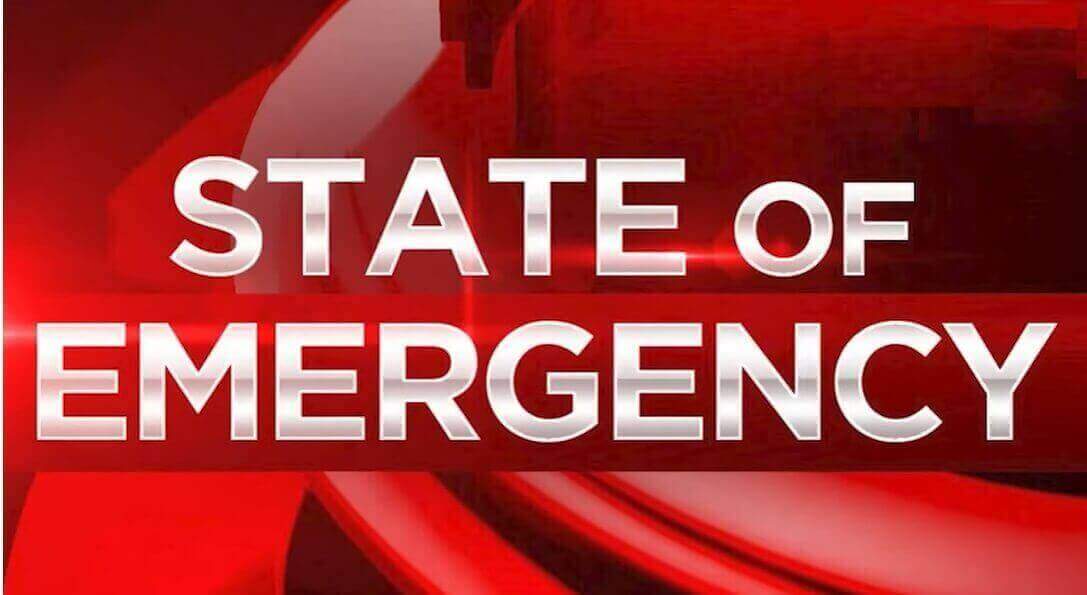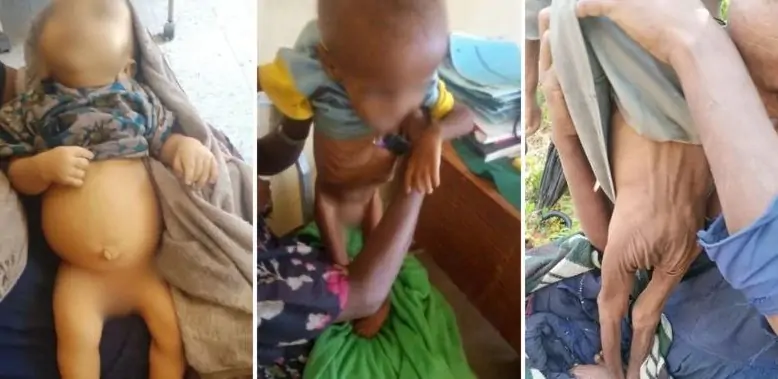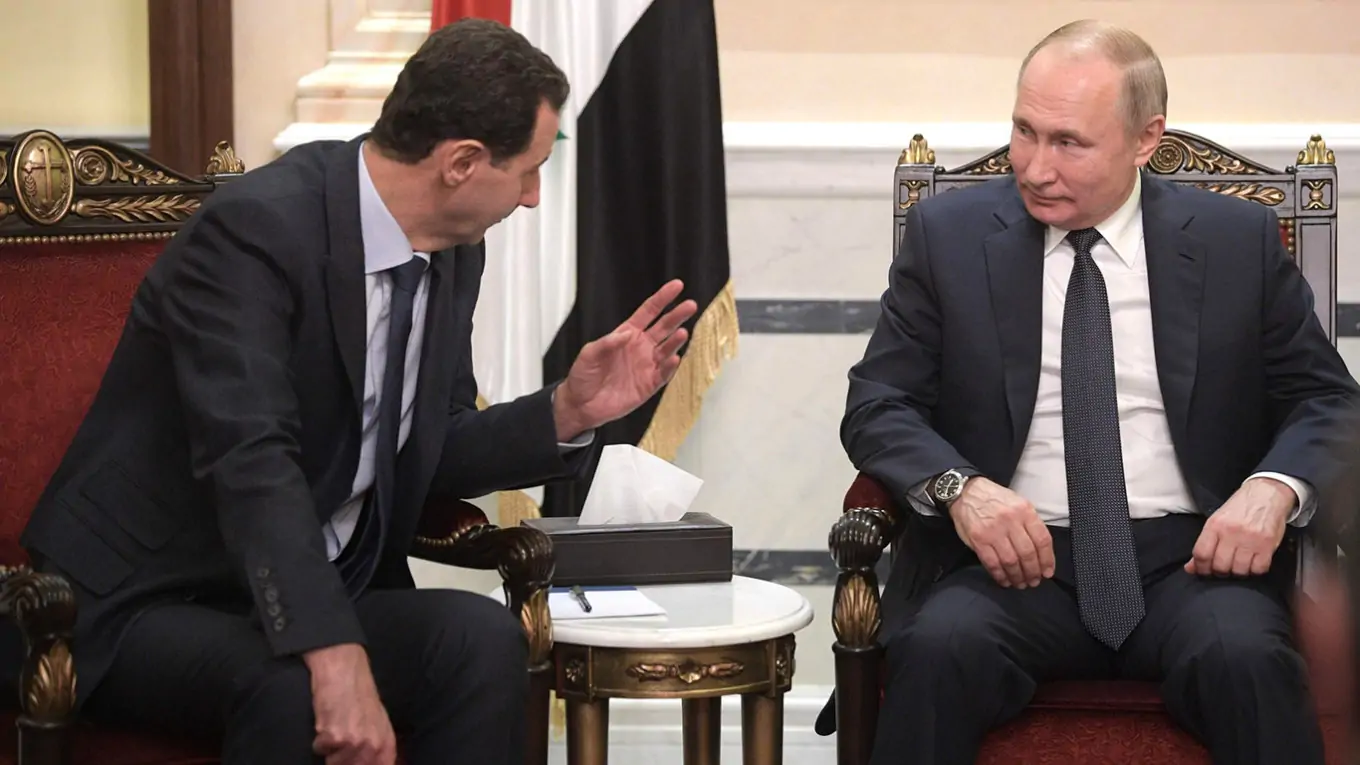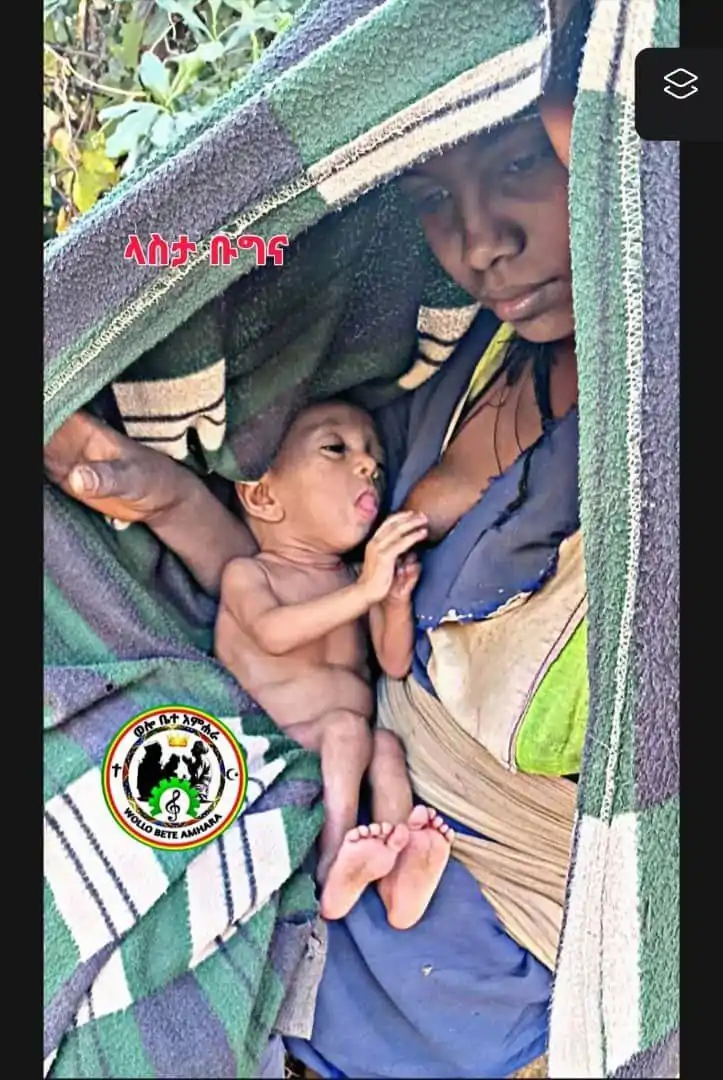
African Arguments
With the declaration of the state of emergency in the Amhara region early on 4 August, 2023, the Abiy Ahmed administration appears to have finally come to grips with a security crisis that has been brewing since at least March this year.
As of 2 August, the federal government had witnessed a series of setbacks, with approximately two dozen cities and districts falling under the control of Amhara Fano, the most prominent militia in the region. The areas now under Fano’s sway include significant zonal cities like Debre Tabor and Debre Markos, as well as the renowned tourist destination of Lalibela. The Abiy administration turned off the internet on 3 August. The conflict is set to intensify.
Considering that Amharas and the Abiy-led government had joined forces against the Tigray People’s Liberation Front (TPLF) just a few months ago, the hostilities between them must appear baffling. To understand the current strife, one must look back to the resentment of Amharas since the early days of Abiy Ahmed Ali.
Contrary to some commentaries suggesting a sudden escalation, tensions have been brewing in Amhara for years. Since 2019, Abiy has grappled with opposition and dissent in the region, revealing deep-rooted complexities and grievances that have remained unresolved. In this in-depth analysis, I shed light on these long-standing grievances and recent developments that led to the current hostilities.
1. One hegemony after another – from TPLF to OPP
In the early days of his tenure, Abiy Ahmed Ali’s speeches, including his inaugural address, resonated deeply not only within the Amhara region but across Ethiopia. His open acknowledgment of past wrongs, including torture by the Ethiopian People’s Revolutionary Democratic Front (EPRDF), and his commitment to addressing identity and border concerns were embraced with hope. These elements played a significant role in Amhara resistance to the TPLF and in facilitating Abiy’s ascent to power.
The aspirations and demands articulated during the Amhara protests underscored the region’s desire for substantive change. They sought constitutional amendments; the resolution to long-standing identity and boundary issues with neighbouring regions; a genuine dialogue and action on security; and representation for millions of Amharas living outside the Amhara region.
Abiy’s initial steps in this direction were met with cautious optimism. While the Amhara people eagerly anticipated concrete action on their concerns, Abiy had nothing to deliver. The commissions and agencies he established, notably the Identity and Border Commission, became defunct without any outcome.
Instead, Abiy focused on delivering the issues raised by the Oromo protest movement, such as demarcation disputes between Oromia and Addis Ababa and the appointment of Oromo officials to key positions. In the dynamics of Ethiopia’s political landscape, the Oromo Prosperity Party (OPP) emerged as a potent influence within the ruling Prosperity Party (PP), causing friction with the Amhara Prosperity Party (APP).
The Oromo-dominated regime scaled up the restriction of Amharas’ rights, including access to the capital. Instances like the mass displacement and destruction of non-Oromo-owned properties in the newly formed Sheggar City have deepened the sentiment of disregard for non-Oromos. These developments have led many Ethiopians, including Amharas, to see the changes since 2018 as a shift from a TPLF-dominated EPRDF to an OPP-dominated PP.
Although Abiy continues to oscillate between pledges and veiled threats to adversaries, a growing number of observers have come to view his words as part of a strategy to both persuade and perplex. In a telling remark, the President of the Oromia Region, a close confidant of Abiy, referred to the OPP’s relationship with Amharas as a “convince and/or confuse” approach. Amidst this contestation, Amhara questions from the pre-Abiy period are worsened, and new, more profound concerns have emerged.
2. Assassinations and unstable leadership
The events that unfolded in June 2019 in Bahir Dar, the capital city of Amhara, marked a critical turning point in the relationship between Abiy Ahmed and the Amhara community. The tragic incident resulted in the assassination of Regional President Ambachaw Mekonnen and four other bureau heads, including General Asaminew Tsigie, who was in charge of security. The aftermath of these killings has been marred by conflicting narratives and deep-seated suspicions, further straining the ties between the central government and the Amhara Region.
Prior to the violence, tensions between President Ambachaw and General Asaminew had been reported, leading to speculation about the potential for unrest. Abiy’s assertion that the incident wasa failed couporchestrated by General Asaminew to seize power was met with skepticism by many Amhara political actors. Many within the region have expressed doubts, increasingly believing that Abiy himself may have played a role in the events to eliminate a regional leadership that had been vocal about the rising hegemony of the Oromo Prosperity Party (OPP) and the neglect of Amhara’s security concerns.
The aftermath of the Bahir Dar tragedy has been riddled with controversy, further complicating Amhara’s perception of Abiy’s leadership. The detention of numerous opposition party leaders and media figures in the aftermath of the killings, followed by their eventual release due to lack of evidence, has fuelled suspicions of complicity on the part of the federal government.
In the wake of the incident, Abiy’s actions have added to the growing disillusionment within the Amhara community. The consistent removal of Amhara regional presidents has been perceived by many as a deliberate strategy to prevent the emergence of strong Amhara leadership capable of challenging OPP’s aspirations. This has led to a weakening of the Amhara Prosperity Party’s regional influence and a perception of its subservience to Abiy’s central authority, further eroding the legitimacy of his administration among the Amhara populace.
3. Amhara Persecution in Oromia
Throughout Abiy Ahmed Ali’s tenure, one of the defining and distressing features has been the escalation oftargeted killings of Amharasin the Oromia Region. The roots of this hostility can be traced back to the Derg period when Amhara were scapegoated for past issues in Ethiopia. Under Abiy, there has been a resurgence of these targeted attacks.
The Amhara Association of America, which monitors targeted violence against Amhara, documented an alarming figure ofover 3,3 00killings in 2021 alone – most of them in Oromia. The situation has become so dire that Amhara regional officials estimate more than a million Amhara have fled to their region, seeking refuge from persecution in Oromia.
The responsibility for many of the targeted attacks against Amhara have often been attributed to the Oromo Liberation Army, but the crisis is compounded by Abiy’s refusal to acknowledge the atrocities, and at times, the Ethiopian National Defense Force’s (ENDF) reluctance to provide protection. Tragically, there have been instances where ENDF has been involved in the killing of Amharas. Additionally, security forces in Oromia have been frequently accused of targeting Amharas, deepening the sense of blame directed towards Abiy for what Amhara perceive as genocide against their community in Oromia.
TheTolemassacre in June 2022, where over550Amharas lost their lives, further intensified the calls for holding Abiy accountable. The Amhara Region has witnessed several rounds of protests condemning Abiy for failing to protect their community from targeted killings in Oromia. The Amhara Association of America demanded theresignationof both Abiy and Oromia Regional president, Shimelis Abdisa, in the aftermath of Tole.
4. Abiy, the Orthodox Christians and the Muslims
Over the past few years, both Orthodox Christian and Muslim institutions in Ethiopia have experienced internal divisions. Abiy Ahmed, who is Pentecostal, has been actively involved in addressing these divisions, initially facilitating reconciliation efforts that unified divided synods of the Ethiopian Orthodox Church. However, more recently, his involvement hasraised concerns, with accusations directed at him of installing his loyalists in these institutions.
Although the resentment over this meddling is shared among members of the same faith in different ethnic groups, the resentment among Amhara runs deep as they perceive that Abiy’s meddling has resulted in appointing leaders known to be hostile towards Amhara. This is particularly evident among the Muslims; Amhara Muslims have protested against the new Muslim leadership, expressing their support for the former leader from Wollo in the Amhara Region.
A recent division within the Orthodox Church saw Oromo bishops threatening to form their own synod. In this instance, Abiy aligned himself with the Oromo bishops and deployed government forces to escort them as they forcefully occupied churches in Oromia. The bishops later abandoned their plans and rejoined the Holy Synod after receiving promises ofmore Oromo bishop appointments, which in effect, reduced the number of Amhara bishops. This outcome came as a result of intense pressure from Abiy and Shimelis Abdisa, Oromia’s regional president.
5. Mistrust and Disagreement during the Tigray war
Fano, and Amhara Regional Special Forces (ARSF) fought against TPLF supporting ENDF. While many mistake this as support for Abiy, Amhara fought against TPLF because they wanted to liberate Amhara inWolkaitandRaya, historical areas TPLF annexed in the early 1990s. Indeed, once these areas came under Amhara administration, Amhara forces did not cross into proper Tigray with ENDF. But when Abiy withdrew ENDF from Tigray suddenly and without discussion with the regional leadership, Amhara found themselves vulnerable to attack by TPLF. The latter went deep into the Amhara Region andcommitted war crimes, including sexual violence against more than a thousand women,killing hundreds of civilians, anddestruction and embezzlementof property that Amhara region officials say have undone 30 years of development in the region.
Many blamed the decision to turn the Amhara Region into a war zone as a stab in the back and even a conspiracy to weaken Amhara. Complaints of some Oromo generals retreating without fighting and leaving heavy weapons to TPLF further created mistrust between Amhara forces and Abiy/ENDF.
6. Amhara’s Exclusion from the Pretoria Deal
The most significant grievance among Amhara regarding the conflict in northern Ethiopia stemmed from their exclusion from the peace deal in Pretoria. Amhara formed anegotiation teamcomprising politicians, leaders of Amhara forces, and Fano, citing the unique reasons for their fight against the TPLF and the lack of legitimacy of the PP among Amhara. Abiy argued that several members of his negotiation team are Amhara, and hence, Amhara did not need a separate delegation.
Western diplomats initially expressed a willingness to consider a separate delegation. Focused on getting a deal, they chose to ignore the Amhara after Abiy’s opposition. In the end, the Amhara were not invited to Pretoria, and the Amhara Properity Party members that Abiy nominated were not present during the Pretoria negotiations. They had a marginal role in the negotiation process that was dictated and ultimately signed by non-Amhara Abiy loyalists.
The exclusion from the peace process and theperceived riskto their hard-fought gains further exacerbated the already strained relationship between the Amhara and the central government. Abiy’s government announced plans to disarm Fano and responded withmass arreststargeted at activists and Amhara journalists.
7. Disbanding the Amhara Regional Special Force
The most immediate trigger of the current conflict in Amhara was the abrupt decision of the ruling Prosperity Party in April 2023 to disband the highly respected ARSF, renowned for their prowess demonstrated in the prior Northern Ethiopia war. The party’s claim of restructuring all regional forces into Federal forces rang hollow as it began with the Amhara Region. This move, consideredunconstitutionalas it dissolved a regional force established by the regional council, was widely interpreted as Abiy’s attempt to weaken the Amhara and pave the way for the re-annexation of Wolkait and Raya by TPLF.
Amhara vehemently protested inseveral areasin the region andclashedwith the ENDF following the announcement. By the government’s own admission,more than 30%of ARSF units either joined Fano or left their posts, resulting in a period of turmoil. Subsequently, a series of targeted assassinations took place, aimed at Abiy loyalists within the APP and police commanders who had mobilized against Fano. The conflict escalated further as Fano gained control of cities in North Shewa by late July.
Fueled by growing resentment, Fano has garnered widespread popular support, leading to a surge in confrontations across the region. Roads have been blocked to hinder the movement of ENDF units, and ambushes against ENDF have occurred in multiple areas. Fano has also exerted efforts to hinder ENDF’s air transport capabilities by controlling airports, as exemplified in Lalibela.
Notably, some of the more than two dozen cities under Fano’s control are situated less than 100 kilometers from the regional council. With Abiy and the ENDF on the backfoot, the deployment of drones against Fano is anticipated. While drones may disrupt conventional fighting logistics, Fano’s hit-and-run tactics could inflict damage on ENDF.
Abiy has already turned off the internet in the region, something he does when his forces lose battles and want to conceal atrocities against civilians. Regardless of the outcome on the battlefield, the conflict’s toll on humanitarian well-being and the political landscape within the nation and the region is bound to be profound and enduring.





















This is a sad day for the mothers of those gullible young people in that region and the country. What I have been hearing is level head elders were in a thick of it to avert an all out bloodshed and find a peaceful settlement. But they are facing a situation where the group they are talking with have been dominated by extremist individuals hell bent on belief that solutions will come out of AK47’s only. Again those of you who are beating the drums of war from your safe and tranquil domiciles here among us should be ashamed of yourselves. I am seething and upset to see those who once drove individuals to their disastrous end at the hands of the demonic Mengistu rumbling around again from a safe distance claiming to be the leaders and representatives of the gullible youth in Amhara region. These smart aleck connivers are using the same routes and connections as the ones they utilized in 1989. These are ‘you-can’t-tell-me-what-to-do’ stubborn and arrogant individuals. In their twisted mind they know much better than anyone else. Now they are leading that hapless youth to its ultimate demise to the agony and horror of their adoring mothers. These swindlers send their children and grandchildren to schools here but their arouse and urge the youth in that region to rush into an awaiting inferno. I will be holding these con artists equally responsible for the senseless loss of innocent lives in both Amhara and Oromia regions.